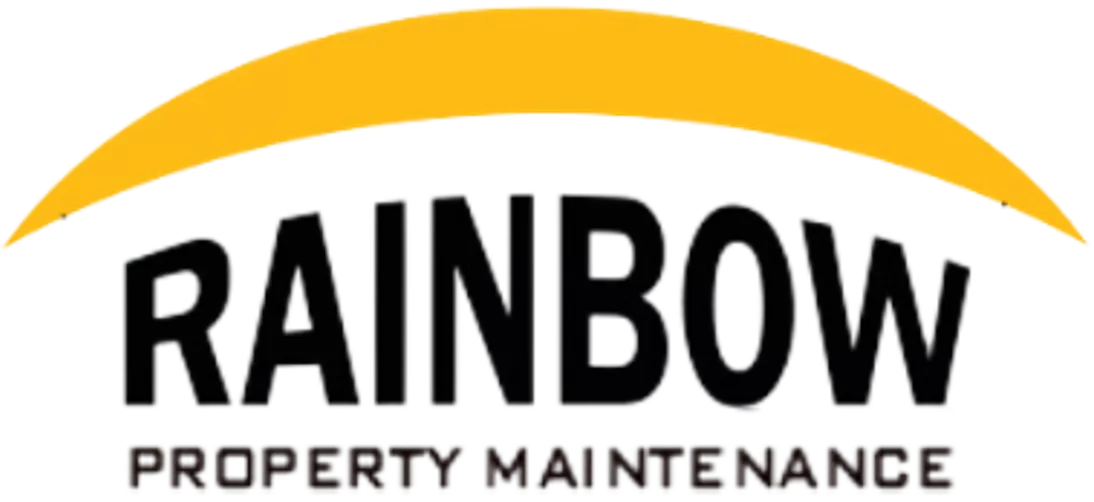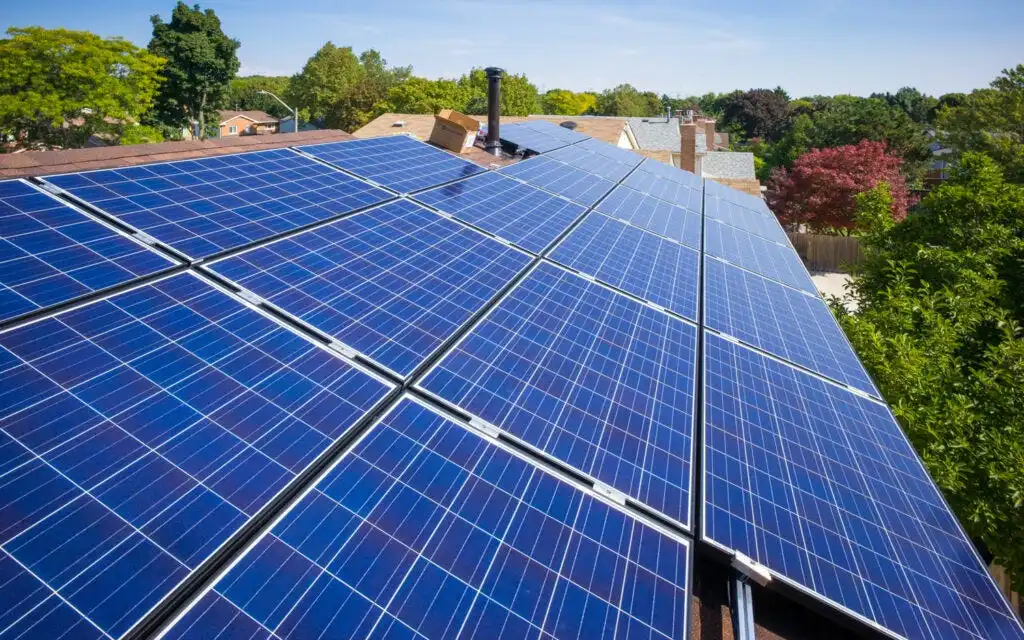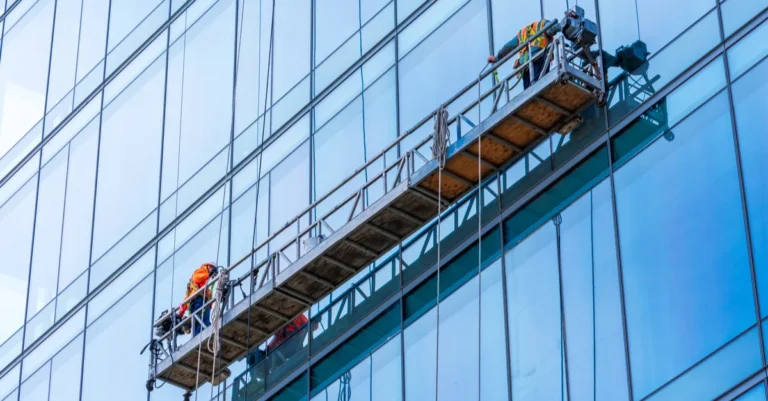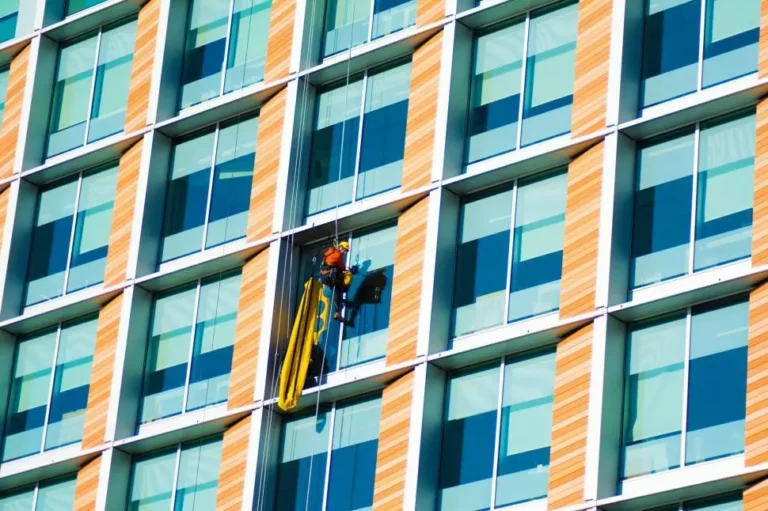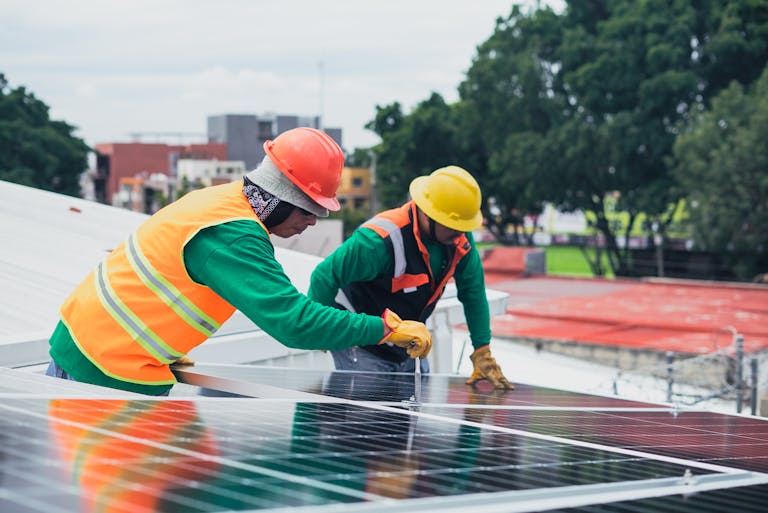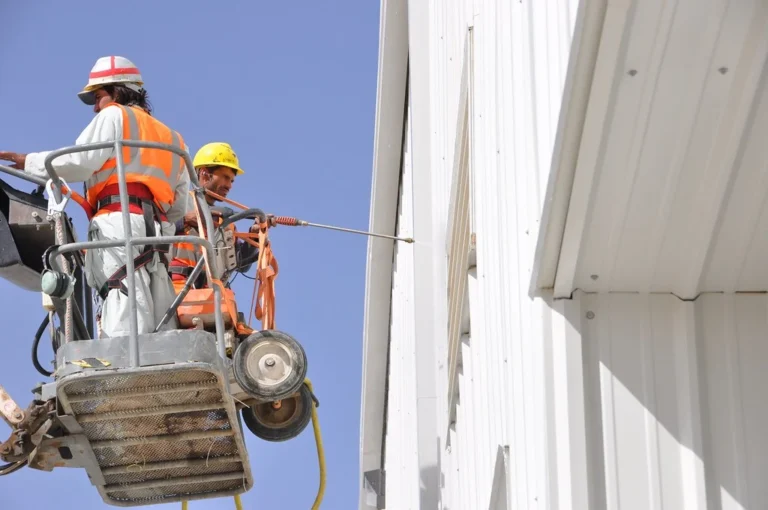The Future of Sustainable Commercial Facility Maintenance
As the global push toward sustainability intensifies Embracing sustainable practices in facility maintenance not only conserves resources and reduces pollution but also positions businesses as leaders in environmental stewardship.
Key Takeaways:
- Understanding the shift towards sustainable facility maintenance and its importance.
- Insight into emerging technologies and practices in eco-friendly facility care.
- Benefits of integrating sustainable practices into commercial facility maintenance.
- The role of green certifications and eco-friendly products in facility upkeep.
- Future trends in sustainable facility services and management.
The Rise of Green Building Maintenance
In the contemporary business landscape, sustainability has transitioned from a buzzword to a foundational element of strategy, particularly in the realm of property maintenance. Let’s crack open the narrative on the ascent of sustainable facility maintenance, a path that not only sides with the environment but scores big on economic fronts as well.
Overview of the sustainability trend in facility maintenance
A seismic shift has occurred in how facility maintenance is viewed, with sustainability taking the front seat. This shift isn’t just about switching off lights when rooms are not in use or recycling waste. It’s about integrating eco-friendly building care into the core operations of a facility. From leveraging solar panels to employing rainwater harvesting systems and utilizing green cleaning products, the list grows as innovation does. The aim? To minimize environmental impact while maintaining operational efficiency.
The impact of green buildings on the environment and business reputation
The adoption of green practices in facility upkeep, or green building upkeep, is far-reaching. Research suggests that buildings account for a substantial percent of global energy usage and CO2 emissions. However, green buildings significantly reduce this footprint through energy efficiency and reduced water usage, amongst other sustainable practices. Moreover, businesses housed within these eco-conscious structures often see a boost in their reputations. They are perceived as responsible and forward-thinking entities, a factor that resonates well with clients, employees, and stakeholders alike. It’s a potent blend that marries environmental stewardship with brand enhancement.
Case studies of successful sustainable facility maintenance programs
Illustrating the success of such initiatives, numerous businesses worldwide have carved a niche in sustainable facility management. For instance, a tech giant stands tall with its headquarters being one of the largest green buildings globally, boasting a LEAS Platinum certification. Another example is a corporate behemoth that reduced energy consumption by integrating IoT solutions for smart lighting and climate control, leading to massive cost savings and a reduction in carbon footprint. These case studies underscore not just feasibility but palpable benefits associated with adopting green maintenance practices. As we continue to march forward, embracing sustainability in facility maintenance becomes not simply an option but a necessity for businesses aiming for longevity and relevance in a rapidly evolving ecosystem. For those eager to delve deeper into making sustainability a core part of their business operations, Explore Rainbow Property Maintenance’s commitment to sustainability.
Technological Innovations in Eco-Friendly Facility Management
The march towards sustainability in facility management has been nothing short of revolutionary. Emerging technologies are at the forefront, propelling eco-friendly practices into the mainstream of facility management. Let’s unwrap some of the groundbreaking advancements that are shaping a greener future.
Cutting-edge technologies driving sustainability in facility care
From sensor-driven systems to AI-powered analytics, the landscape of facility care is transforming. Innovations such as smart lighting and climate control systems optimize energy use in real-time, slashing unnecessary consumption and driving down costs. These advancements aren’t just smart; they’re a leap forward in how we think about sustainable care for our facilities.
The role of automation and IoT in efficient resource management
Automation and the Internet of Things (IoT) are game-changers in managing resources more effectively. Through IoT, devices communicate with each other, adjusting settings for peak efficiency without human intervention. Picture a building that intelligently manages its heating, cooling, and lighting needs, significantly reducing its carbon footprint. It’s not a dream—it’s the present.
Emerging tools for energy conservation and waste reduction
In the quest for energy-efficient maintenance, new tools are emerging that promise not only to conserve energy but also to drastically reduce waste. Innovative water recycling systems and waste to energy conversion technologies are making zero-waste facilities a reality. These tools are redefining what it means to be eco-friendly, moving beyond conservation to active environmental enhancement. In essence, the integration of technology into eco-friendly facility management is not just enhancing efficiency; it’s rewriting the narrative of what’s possible in creating sustainable environments. For those keen on diving deeper into how these technologies are carving a path towards a sustainable future, Discover our cleaning technologies for greener facility maintenance.
Integrating Sustainable Practices in Property Management
In today’s scenario, weaving sustainability into property management is both a challenge and an opportunity. Let’s uncover some proactive strategies, tackle the hurdles, and spotlight the pivotal role of training and engagement in fostering a culture of sustainability.
Strategies for Implementing Green Practices in Day-to-Day Operations
Adopting sustainable property management techniques involves more than just a shift in operations; it’s about embedding eco-conscious decisions into every aspect of day-to-day management. Initiatives can range from employing green maintenance solutions, like using eco-friendly cleaning agents and materials, to implementing comprehensive recycling programs. Moreover, investing in energy-efficient systems and renewable energy sources can significantly reduce a property’s carbon footprint. These steps not only contribute to a healthier planet but also lead to substantial cost savings over time.
Challenges and Solutions in Transitioning to Sustainable Facility Management
Transitioning to a more sustainable model presents its set of hurdles. Initial costs and finding reliable, green alternatives for conventional practices are among the most prominent concerns. However, the solution often lies in long-term thinking. The up-front investment in green technology, for instance, pays off in reduced operational expenses and increased property value. Furthermore, engaging with experts in sustainable development can provide invaluable insights and tailored solutions that align with your property’s specific needs.
The Importance of Training and Employee Engagement in Sustainable Practices
The linchpin in achieving sustainability goals lies in the active participation of the entire team. Providing thorough training and fostering a culture that prioritizes sustainability are crucial. This means not only offering knowledge and resources but also creating incentives for employees to adopt and champion green practices. Celebrating small wins and making sustainability a core part of the team’s ethos can engrain these practices deeply within the organization’s fabric. In essence, integrating sustainable practices in property management is a multifaceted endeavor that requires commitment, innovation, and collaboration. As we stride forward in our journey towards sustainability, we’re not just transforming properties; we’re shaping the future of our planet. For those intrigued by how technological innovations are supporting sustainability in facility management, discover how our cleaning technologies support a greener future.
Navigating Environmental Compliance and Certifications
In the landscape of commercial facility maintenance, threading the needle through legal requirements and obtaining green certifications has become paramount. This journey, however, is lined with opportunities for businesses to distinguish themselves in a competitive market.
Understanding the Legal Framework for Environmental Sustainability in Facility Maintenance
The path towards environmental compliance involves a deep understanding of both local and global regulations that govern environmental sustainability. These regulations could range from waste management protocols to energy consumption standards. Staying ahead means not just adherence but adopting proactive measures that preempt future regulations, thereby positioning a facility as a leader in sustainability practices.
Benefits of Obtaining Green Certifications for Commercial Facilities
Securing green certifications, such as LEED (Leadership in Energy and Environmental Design) or ENERGY STAR, is not just about brandishing a badge. These certifications serve as a testament to a facility’s commitment to environmental sustainability and operational efficiency. They offer concrete benefits including tax rebates, reduced utility costs, and an enhanced reputation that attracts eco-conscious customers and tenants alike.
How Compliance Drives Competitiveness in the Business Landscape
Far from being mere regulatory hurdles, environmental compliance and certifying efforts catapult facilities into a realm of enhanced marketability. They lend a competitive edge by showcasing a commitment to sustainability that resonates with a growing segment of environmentally aware clients. Moreover, the operational efficiencies gained through these practices significantly reduce overheads, thus driving profitability. Sailing through the waters of environmental compliance and green certifications requires a commitment to sustainability that goes beyond mere tick-box exercises. It is about weaving these practices into the very fabric of our operations. For those keen to dive deeper into the significance of eco-labeling, explore eco-labeling and certification importance
The Business Case for Sustainable Facility Solutions
In the evolving landscape of facility management, the shift toward sustainable facility solutions is more than a nod to environmental stewardship; it’s a strategic business decision that promises long-term fiscal health alongside ecological balance.
Cost-Benefit Analysis of Investing in Green Maintenance Technologies
Switching to green building technology might appear costly at the outset, but a closer examination reveals a different story. Investments in sustainable technologies often yield significant reductions in energy and water usage, leading to substantial savings. Furthermore, these technologies tend to have longer life spans and require less maintenance. Collectively, this contributes to an appealing return on investment, making the financial case for green technologies clear.
Sustainability as a Driver for Customer Trust and Business Growth
In a world increasingly conscious of environmental impact, businesses that embrace sustainable practices find themselves in a position of advantage. Sustainable operation not only garners trust among clients and customers, demonstrating a commitment to shared values but also opens doors to new markets and customer segments prioritizing eco-friendliness. This alignment with growing consumer preferences naturally drives business growth.
Long-term Financial Savings Through Efficient Resource Use
Sustainable operation efficiency isn’t just about doing good; it’s about good business. By optimizing resource use, businesses significantly lower their utility bills. Over time, the savings realized from reduced consumption of water, gas, and electricity contribute to the financial health of a business. Moreover, many jurisdictions offer incentives for energy-efficient operations, adding another layer of financial benefit. Embracing sustainable facility solutions presents a compelling business case, combining immediate operational savings with long-term strategic advantages. It’s an investment that pays dividends not just to the business but to the planet. For businesses poised to take this step, discovering the right partner in sustainability can set the course for success. Explore Rainbow Property Maintenance’s commitment to sustainability.
Future Trends in Sustainable Commercial Facility Maintenance
The trajectory of sustainable commercial facility maintenance is set to define the next decade with innovations that blend ecological responsibility with operational efficiency.
Predictions for the next decade: renewable energy sources, water conservation technologies
As we pivot towards 2030, the integration of renewable energy sources in commercial facilities is anticipated to leap from novelty to norm. Solar panels, wind energy, and biogas systems are not just viable; they’re becoming indispensable in reducing carbon footprints. Similarly, water conservation technologies, such as advanced irrigation systems and greywater recycling, will see widespread adoption, fostering a more sustainable approach to one of our most precious resources.
The evolving role of facility managers in embracing sustainability
Facility managers are evolving from operational overseers to sustainability champions. This transformative role involves not just the upkeep of space but the implementation of sustainable property services that meet the rising environmental standards. Their expertise will be crucial in navigating the shift to green buildings, requiring an amalgamation of technical knowledge and a commitment to environmental stewardship.
Partnerships and collaborations for benchmarking sustainability in facility services
The future also holds a shift towards collective action with partnerships and collaborations becoming a linchpin for sustainability efforts. Businesses, governments, and service providers will increasingly work together to set benchmarks for sustainability. These joint efforts will not only standardize eco-friendly practices but also foster innovation through shared expertise and resources. As we look ahead, the future of commercial facility maintenance is green, driven by advances in technology, the pivotal role of facility managers, and collaborative efforts towards sustainability. Embracing these trends will not only enhance environmental outcomes but also offer financial and reputational gains for businesses. For those wanting to delve into how innovative cleaning technologies support this green future, discover how cleaning technologies support greener facility maintenance.
Conclusions
The journey towards sustainable commercial facility maintenance is a clear pathway for businesses to significantly reduce their environmental impact while simultaneously reaping the benefits of increased efficiency and cost savings. Embracing sustainable practices in facility maintenance is not just a matter of ethical responsibility; it’s a strategic move that positions businesses as leaders in environmental stewardship and innovation. The integration of cutting-edge technologies such as IoT and automation, the shift towards renewable energy sources, and the advancement in water conservation techniques are just the beginning. These innovations not only demonstrate a commitment to sustainability but also offer a compelling return on investment through lowered operational costs and enhanced facility value.Moreover, the evolution of facility managers’ roles to include sustainability champions underscores the importance of leadership and vision in this transition. It is through their guidance that businesses can navigate the complexities of green certifications and compliance, further driving competitiveness in an increasingly eco-conscious market.Collaboration and partnerships are also crucial, offering a platform for sharing best practices, setting industry benchmarks, and fostering innovation. Together, businesses can create a more sustainable future for commercial facility maintenance, benefitting not only their bottom line but the planet as a whole.For businesses ready to embark on this rewarding journey, exploring sustainable maintenance practices can offer a gateway to becoming industry leaders in environmental stewardship. Similarly, learning about innovative cleaning technologies and understanding the significance of eco-labeling and certifications can provide the necessary tools and knowledge to implement effective sustainability programs. And for those looking ahead, gaining insights into future trends in sustainable construction and maintenance can ensure that their facilities remain at the forefront of green innovation.
Frequently Asked Questions (FAQ):
What are the key benefits of sustainable facility maintenance?
Sustainable maintenance practices can lead to significant energy and cost savings, improve the health and well-being of occupants, enhance brand reputation, and ensure compliance with environmental regulations.
How can businesses transition to green facility maintenance?
Transitioning involves assessing current practices, setting sustainable goals, leveraging the latest in green technology and products, educating the team, and partnering with service providers who prioritize eco-friendly methods.
What are some common green certifications for commercial facilities?
Some widely recognized certifications include LEED (Leadership in Energy and Environmental Design), ENERGY STAR, and the Green Seal certification for sustainability in operations and product choices.
Can implementing sustainable facility maintenance practices lead to cost savings?
Yes, through reduced utility bills, lower operational costs, and less frequent need for repairs and maintenance, businesses can achieve substantial long-term savings.
